Dominic Thiem is retiring from tennis, and while he may not be a legend like Rafael Nadal—who will follow him into retirement later this year—the Austrian left a huge mark on the sport. It’s interesting how their careers are intertwined.
Their stories are each other’s stories, at least for a few chapters, and that’s how Thiem’s career has generally been—a series of chapters, or parts, if you prefer a film analogy. It’s only fitting that we examine his contributions to tennis in segments as well.
So, let’s look back at who Dominic Thiem was and what he accomplished in tennis.
Early days
The first time I heard about Dominic Thiem was 12 years ago. He was 18 at the time, carrying a decent amount of hype. His junior career was fantastic, but the eye test didn’t reveal anything remarkable about Thiem or his game.
Yet, there were rave reviews on all sides. Perhaps it was my own lack of understanding of tennis, which was rather profound back then, or maybe it was just youthful rebellion, dismissing the opinions of more experienced minds. Time would prove to be the best judge, and two years later, Thiem broke into the top 100.
It was early 2014, and he was 20 years old. He drew considerable attention, but compared to the hype generated by players like Alexander Zverev, Stefanos Tsitsipas, and Denis Shapovalov, the weight on his shoulders was far lighter. However, 2016 marked his meteoric rise after defeating Rafael Nadal on clay in Buenos Aires, shortly before he made the semi-finals of the French Open and broke into the top 10.
Thiem established himself as a player who primarily favored clay courts—a preference he demonstrated every year after the Australian Open when he would opt to play in South America on clay, rather than compete on indoor hard courts in Europe. Indeed, most of his early trophies were won on clay, with his best Grand Slam results consistently at the French Open.
Influences and first coaches
As a child, he took his first tennis steps with his father, who was a coach. When it comes to kids training, many parents act as both coach and mentor, but his father, Wolfgang, was one of the rare non-intrusive tennis parents. When Wolfgang began working as a coach at Günter Bresnik’s academy, he arranged for Bresnik to take over the coaching of his son Dominic.
Bresnik had been a well-known coach long before Dominic came under his wing. Although he only began playing tennis at the age of 16, and that was merely recreationally while studying medicine, Bresnik carved out a reputation as a tennis expert, having coached some big names like Boris Becker, Henri Leconte, Patrick McEnroe, and Ernests Gulbis.
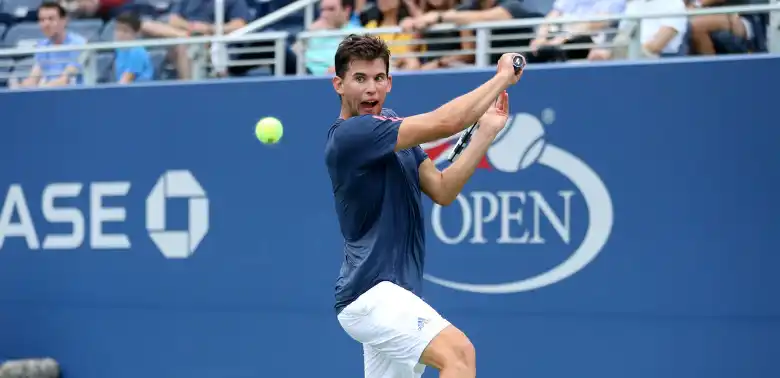
Thiem spent almost his entire career with Bresnik, but the first signs of their relationship beginning to wear thin surfaced at the end of 2017, when Galo Blanco, a Spaniard who had worked with many young players, was brought into Team Thiem. Blanco brought a fresh perspective to Thiem’s game, and under his guidance, Thiem reached his first Grand Slam final at Roland Garros.
However, after just 10 months of working together, their partnership ended, and Thiem alternated between traveling with Bresnik and his father. Shortly thereafter, he started working with Nicolás Massú, a Chilean with an impressive career. Their partnership started similarly to how things had gone with Blanco—Massú was there to inject new energy into Thiem’s game, and to ensure that Thiem and Bresnik didn’t spend the entire year together, as being in each other’s company for long periods inevitably leads to burnout.
Riding the wave of this fresh energy, Thiem clinched his first Masters 1000 title in Indian Wells—a surprising achievement considering clay is his favorite surface. Before that, he had reached two Masters finals, both on clay in Madrid, where the altitude is high. To make the story even more impressive, he defeated Roger Federer in the final at Indian Wells (see video below), with Federer playing exceptionally well at the time, a form he would confirm by winning Miami soon after.
As the weeks went by, it became increasingly rare to see Thiem with Bresnik, and just before the Barcelona tournament, the official announcement came: Thiem and Bresnik were no longer working together, with Massú now being his full-time coach.
Greater variety in his game
What Massú brought to Thiem, aside from refreshing his approach, was greater variety in his game. Normally, Thiem stood very far back on the return, then pushed his opponents away from the baseline with his powerful shots before stepping up to the line himself. His usual aggressive baseline game would then take over, and once he had his opponents in his grip, he wouldn’t let go. However, with Massú, Thiem began stepping into his returns more, mixing up the pace, and appearing at the net more frequently.
In his first statement after parting ways with Thiem, Bresnik remarked that Thiem is still “perceived as a kid”. Indeed, much of the global media continued to refer to Thiem as part of the “next generation”, despite him being 26 years old at the time. A slew of younger players had already risen to the top of world tennis, but perhaps due to the longevity of the Big Three, Thiem remained, in the eyes of some, part of the ‘kids’ club.
For years, people have speculated about who would inherit the mantle from Novak Djokovic, Nadal, and Federer, and Thiem has been one of the names in the running. All top players face the burden of playing in the shadows of those three, as the bar has been set at an unprecedented height in tennis history. As a result, Thiem’s impressive feat of reaching at least the semi-finals at Roland Garros for three consecutive years isn’t always fully appreciated, as he is constantly compared to one of the Big Three.
Thiem became known for playing a heavy schedule each season, rarely taking extended training blocks. For someone who is part of the top 10, he played an extraordinary number of tournaments—in 2016 and 2017, he played as many as 27 tournaments each season, while in 2018, he participated in only 24, due to three Davis Cup ties. That signature would ultimately prove to be his downfall.
The mentality behind Thiem
“If you have one goal and set aside all other goals and desires, I am completely convinced that you will achieve it, no matter what it is,” Günter Bresnik, then Dominic Thiem’s coach, asserted back in 2017. “But most people don’t talk about a ‘goal’; they talk about wishes. For me, Dominic is someone who is ready to do whatever it takes. Other players, too—Federer, Nadal, Djokovic, Murray—who are much better than Dominic, also possess that mentality. They think about tennis 24 hours a day for many years.”
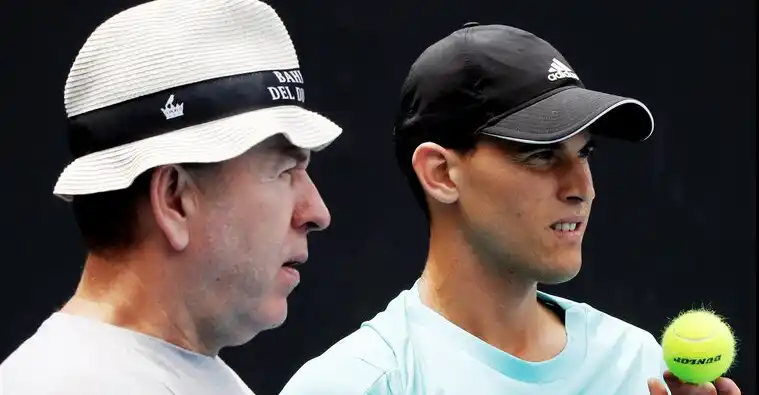
Bresnik is undeniably a skilled coach, having worked with notable players like Boris Becker and Gaël Monfils, yet his assertion is fundamentally flawed. Federer, Nadal, Djokovic, and Murray do not dwell on tennis constantly; one of the reasons for their dominance—and, indeed, their longevity—lies in their ability to find a balance between their personal lives and the sport. They understand the importance of being able to ‘switch off’, often finding stability and peace during time spent with their families.
In Christopher Clarey’s book ‘The Masters,’ Ivan Ljubicic vividly recounts a scene shortly after the 2019 Wimbledon final, highlighting how swiftly Federer switched off after a painful loss. He entered the rented house in London and, moments later, was already rolling on the floor, playing with his children. Nadal has also spoken about the necessity of achieving that balance, while Djokovic, who experienced burnout, has wisely planned his schedule in recent years—not only to maintain his physical condition but also to recharge mentally.
Most sports psychologists would likely argue that Bresnik’s mentality is misguided. Would Thiem have achieved his goal—winning a Grand Slam—had he not trained under Bresnik from the age of eight to 25? That is a challenging question with no clear answer.
A different, possibly healthier approach to tennis might have influenced his focus or hunger differently. Regardless, what matters now is that Thiem won the US Open in 2020, triumphing in one of the most nerve-wracking finals of this century. However, his decline began immediately after; slowly but surely, he encountered the wall known as burnout.
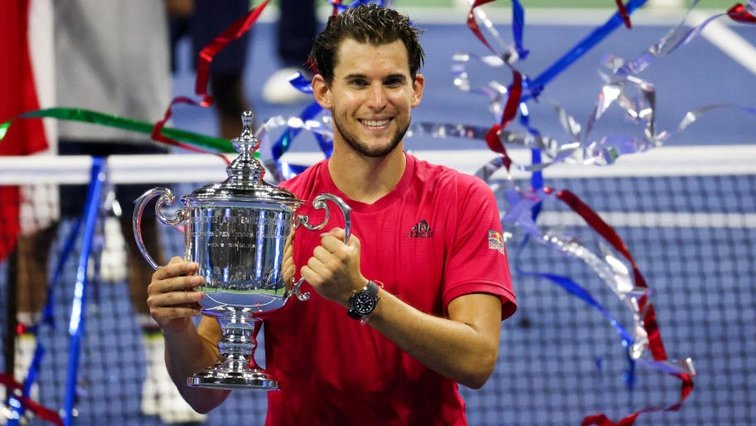
”I spent 15 years pursuing this big goal of mine without looking left or right,” he reflected in April 2021. “In a way, I neglected certain aspects—my private life, other interests, broadening my horizons. You must engage in activities that nurture your mind and brain. It was just tennis. I want to change that.”
Hitting the wall
From 2015 to 2020, during his peak, Thiem played 394 matches, the most on the Tour during that period. Djokovic played 13 fewer, while Nadal and Zverev both played 359 matches. Notably, Thiem participated in 53 more tournaments than Djokovic during that time frame. He played extensively—similar to the current schedules of Stefanos Tsitsipas and Andrey Rublev—and I believe this is something he would gladly alter if given the chance.
However, this may not have been the root of the problem. The true issue lay in his approach to tennis. David Ferrer played 486 matches from 2010 to 2015, exhibiting a physically demanding style similar to Thiem’s, yet he did not face the same fate. Thiem may have played too frequently, but his singular focus on tennis proved unsustainable in the long run.
He hit the wall precisely after winning the US Open. By his own admission, he experienced a loss of motivation afterward and, at the same time, confessed to having never trained less in his life.
It is within this context that we should examine the injury he sustained in June 2021. Earlier that year, he encountered issues with his left knee, and just as he planned to increase his court time following a disappointing first-round loss at Roland Garros to Pablo Andújar—where he led 2-0 in sets—he suffered a severe right wrist injury.
Thiem did not compete again until March 2022, partly due to mismanagement of his rehabilitation. His physiotherapist, Alex Stober, persuaded him he could be ready for the 2021 US Open, contrary to the doctor’s advice for rest.
After just two weeks of training, Thiem felt pain in his wrist again, leading to an unfortunate end to his collaboration with Stober. Nevertheless, the recovery prognosis was positive, and Thiem returned at the end of March 2022. However, he lost his first seven matches, which was not surprising following a lengthy injury.
Point of no return
What is particularly strange—or perhaps unexpected—is that nearly two years later, Thiem remains a shadow of the player he once was. He hovered around 100th in the world for much of his return, peaking at No 72. He managed to reach only one final, a 250 event, which he did not win, and he lost all ten matches he played against top 10 ranked players, individuals he once regularly defeated.
While it was understandable that fear, uncertainty, and a lack of power in his forehand hindered him initially—factors he openly admitted—it has become increasingly difficult to attribute his struggles to those issues. Thiem was training normally and reported feeling well. So, what has been preventing him from returning to the level he once achieved—especially considering he was the player who handled the Big Three more effectively than most?
Even Thiem himself cannot definitively answer that question. It is possible he has passed his physical peak, losing that crucial fraction of explosiveness that impacts every aspect of his game. He trained extensively—Bresnik, who is old school, often remarked that Thiem was one of the rare players who never asked when practice would end—and his demanding style of play took its toll. For years, he operated almost like a machine, mirroring the experience of Andy Murray, likely a consequence of overtraining.
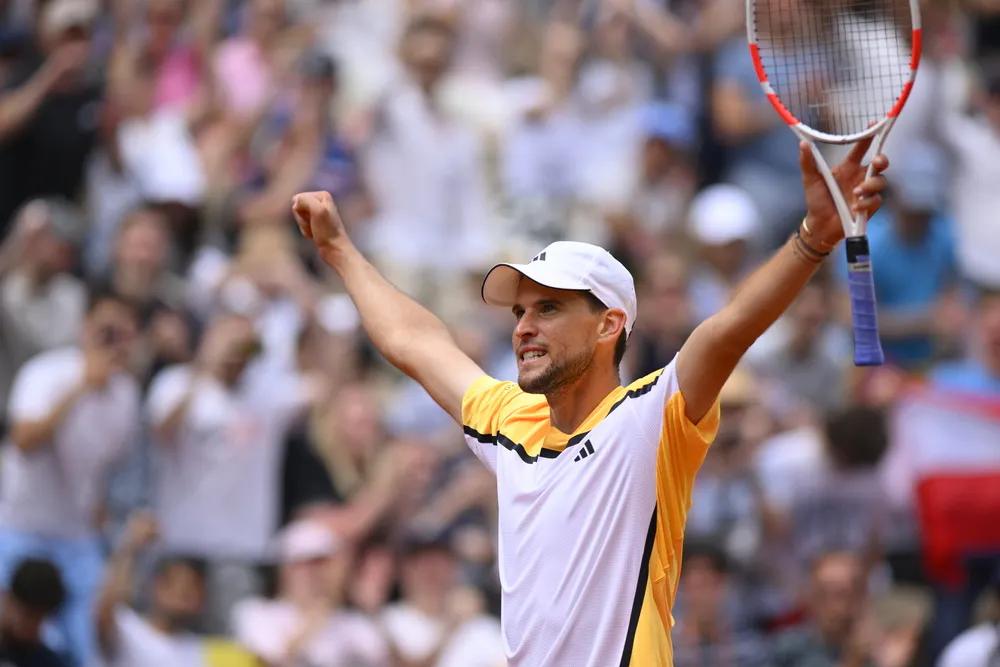
A Radical Decision
Ultimately, he made a decision that many deemed somewhat radical: he announced his retirement at the end of 2024. The reasons behind this choice mattered little; the finality in his voice suggested a man who had come to terms with the reality that his goals—his wishes, as his mentor would put it—were no longer achievable.
He had tried for two years and failed. There was once a time when playing one more match than your opponent made a difference, a time when practicing for one extra hour yielded results. But that time had passed. In a way, this decision had been a long time coming; Thiem had pondered this question for weeks.
“If I finish the year around 100th place again, you have to question whether it’s worth it,” he remarked, adding that this season was practically his last chance to return to the top.
Read more here about Thiem’s racquet specs in his last year of professional tennis.
After a few more events and a couple more bitter pills, Thiem understood that it was over. At only 30, it felt premature, even radical. However, from a human perspective, it was a choice grounded in reason. He had given everything to this sport for over a decade, and now it was time to focus on other aspects of his life.
Whether this decision was right or wrong matters little; what is significant is that Thiem is at peace with it. His efforts were not in vain, as he will be remembered as a player who won 17 trophies in his career, including one Grand Slam during the era of the Big Three.
He contested three more Grand Slam finals and peaked at world No 3. A different approach might have yielded a different tally of those numbers, perhaps extending his time in the sport and reshaping tennis history. It could have transformed Thiem into a different type of player.
Yet, the story of his life illustrates that what made him exceptional ultimately contributed to his downfall. And still, if given the chance to do it all again, I’m not sure he would choose to do anything differently.
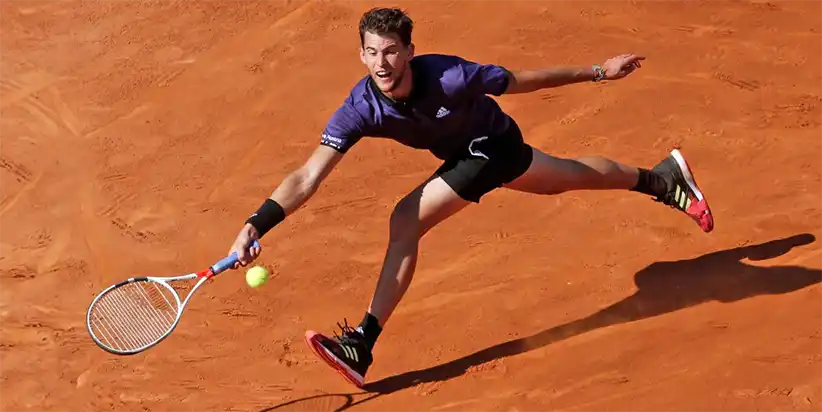


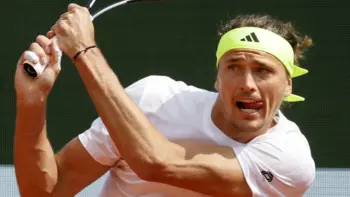
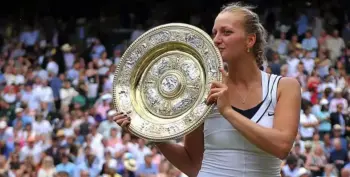
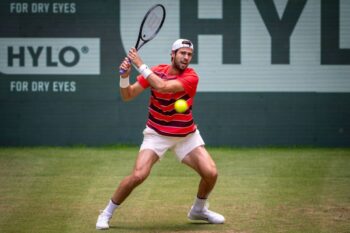

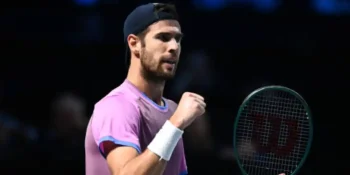
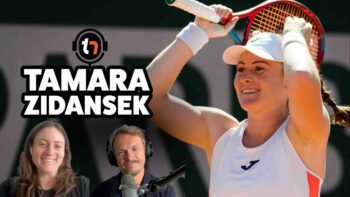

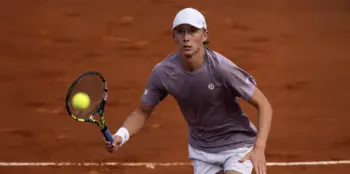

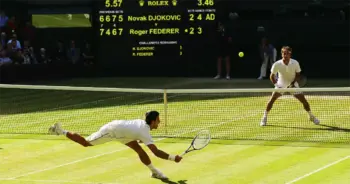
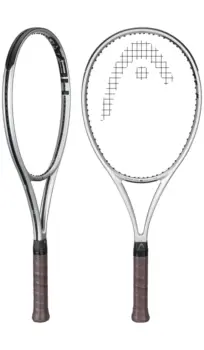
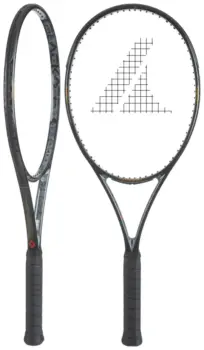

One of the better and more nuanced discussions of Thiem’s decline.
Most just mention the wrist, which doesn’t match the timeline or other details.